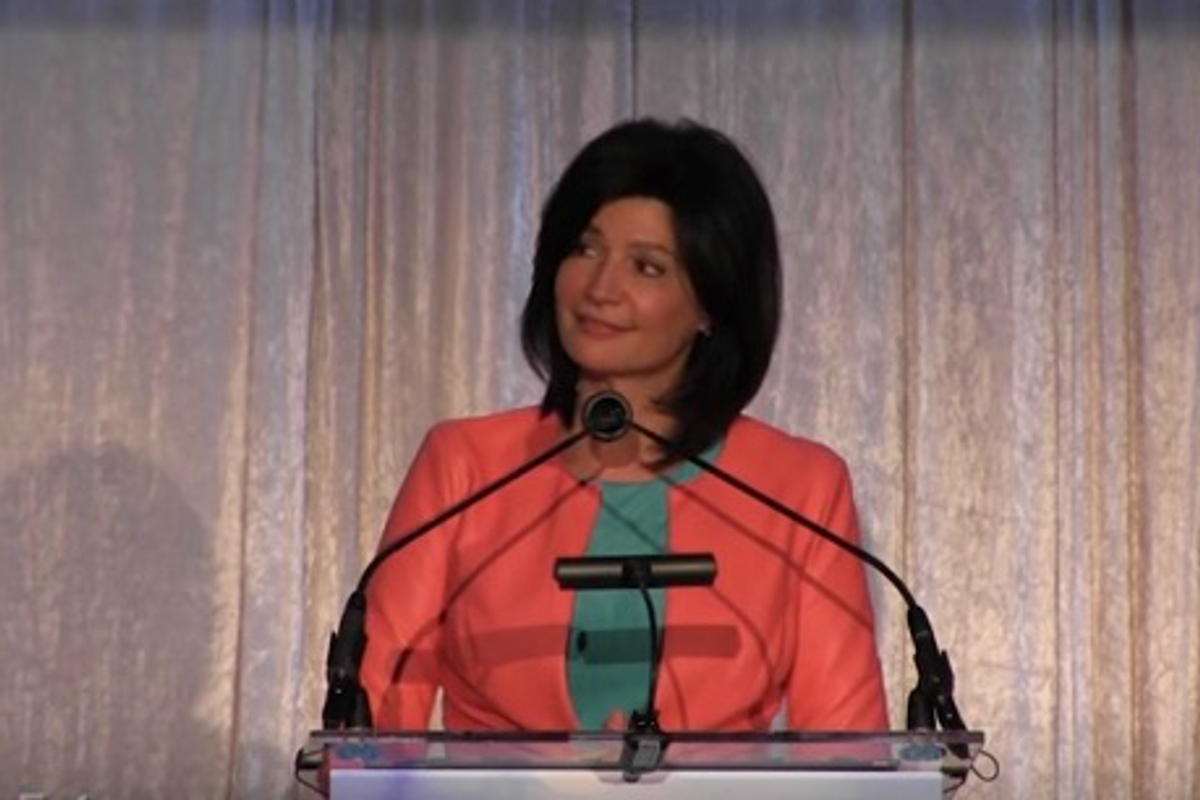Being a human being has really gotten expensive. Millennials constantly lament the high cost of living and the fact that the so-called "American dream" is out of reach for many of them. Housing prices have skyrocketed, as has the cost of a college education. Eating out has gotten drastically more expensive, and making food at home with fresh groceries is hardly any cheaper. It's just so hard, they say, to get a foothold in the modern economy.
One of the big talking points in the great American Millennials versus baby boomers debate is that, yes, things are more expensive, but has the younger generation knee-capped itself by its lavish spending habits that have prevented them from owning homes? If Millennials stopped buying $14 avocado toast and $1,000 iPhones, would they be able to save enough for a down payment on a modest house?
Why older generations don't understand Millennial finances
Freddie Smith, 36, of Orlando, Florida, recently went viral on TikTok for a video in which he challenged the boomer argument with statistics from the Bureau of Labor, Federal Reserve, and the U.S. Census Bureau.
Smith argues that older generations misunderstand Millennials' finances because their concept of luxury is based on 1980s economic conditions. That's when most boomers were coming of age and buying their own family homes, and their ideas of saving up for a down payment and affording a monthly mortgage are heavily outdated.
Smith says that for baby boomers, essentials such as rent and child care were much more affordable, but items considered luxuries (TVs, CD players, computers) were much more expensive.
How is the economy different for Millennials than it was for baby boomers?
"The main shift is that core essentials—housing, education, healthcare, and even food—have become more expensive," Smith said. "Housing and rent, for instance, now outpace wage growth, making homeownership feel unattainable for many. The cost of childcare has also skyrocketed, and food prices have increased.”
The home price-to-income ratio is currently at an all-time high. The Joint Center for Housing Studies of Harvard University writes, "In 2022, the median sale price for a single-family home in the US was 5.6 times higher than the median household income, higher than at any point on record dating back to the early 1970s." That ratio was closer to 2.5 in 1980.
Even transportation has skyrocketed. Buying a new car now costs about as much as the median yearly salary, with entry-level vehicles disappearing rapidly and being replaced with high-tech, fuel-efficient offerings.
"As a result, I think older generations have a different perspective on luxury versus necessity,” Smith continued. “They grew up in a time when hard work typically led to financial stability, whereas today, even with hard work, many people struggle with the high costs of housing, rent, and medical expenses. Basic survival used to be far more affordable, allowing people more financial room to build a stable life."
Smith’s numbers don’t lie. For a person in the '80s to own three TVs, a CD player, a cellphone, a microwave, and a computer, it would cost them 3.5 years of rent or a 20% downpayment on the average home. So, it was irresponsible for someone in that period to purcahse the luxuries of their day.
However, for Millennials, these "fancy toys" are a lot more affordable compared to the big-ticket items of housing, childcare, and college education. Skimping out on them won't make a meaningful difference in saving the massive amount of cash required for a down payment on a modern home.
"But if you skip that daily $6 Starbucks drink, you’ll have enough for the downpayment in 29.22 years," Yokahana joked in the comments.
"I hate that housing and transportation have become luxuries," Molly added.
"Imagine spending 3x your rent on a microwave," Donutdisaster wrote.
Older people may see Millennials with multiple TVs in their homes, along with iPhones and tablets, and think that money could be better saved toward the "American dream." But the truth is those savings won't really help, and worse, they'll make life pretty unenjoyable in the meantime.
Why are luxury goods more affordable now than they were in the '80s?
The price of manufactured goods has steadily fallen over the last few decades due to technological improvements and trade policies that have enabled the U.S. to import goods from countries with lower labor costs.
"International, global competition lowers prices directly from lower-cost imported goods, and indirectly by forcing U.S. manufacturers to behave more competitively, with lower prices, higher quality, better service, et cetera," Sociologist Joseph Cohen of Queens University said, according to Providence Journal. Although they may begin to creep up again after recent tariff policies have dramatically raised the taxes American companies pay to import foreign-made goods.
Even as recently as the early 2000s, a high-quality TV was likely to cost over $1,000. Nowadays, you can get an equivalent, or better, television set for just a few hundred bucks.
Why are housing prices so high?
Housing prices in the US have soared due to the low inventory caused by the Great Recession, mortgage rates, and zoning laws that make building more challenging. Rents have increased considerably since the pandemic due to low inventory, inflation, barriers to home ownership, and the fact that more people want to live alone than with a roommate or romantic partner.
In recent years, there has been an abundance agenda in America encouraging public policies that make housing more affordable by stripping costly regulations, opening up zoning laws, and making it easier to build taller apartment buildings. Increasing the housing supply would help lower prices.
Smith’s breakdown of economic changes over the past two generations makes a strong case that Millennial financial troubles stem more from systemic problems than from spending habits. The boomers got a bad deal regarding luxury items, and the Millennials with necessities. Wouldn’t it be great to live in an era when both were affordable?
This article originally appeared last year. It has been updated.




 Worried mother and children during the Great Depression era. Photo by Dorthea Lange via Library of Congress
Worried mother and children during the Great Depression era. Photo by Dorthea Lange via Library of Congress  A mother reflects with her children during the Great Depression. Photo by Dorthea Lange via Library of Congress
A mother reflects with her children during the Great Depression. Photo by Dorthea Lange via Library of Congress  Families on the move suffered enormous hardships during The Great Depression.Photo by Dorthea Lange via Library of Congress
Families on the move suffered enormous hardships during The Great Depression.Photo by Dorthea Lange via Library of Congress

 Millennial mom struggles to organize her son's room.Image via Canva/fotostorm
Millennial mom struggles to organize her son's room.Image via Canva/fotostorm Boomer grandparents have a video call with grandkids.Image via Canva/Tima Miroshnichenko
Boomer grandparents have a video call with grandkids.Image via Canva/Tima Miroshnichenko
 Classic Film GIF
Classic Film GIF  Oh nothing, just Edyth, Arthur, and Iris hanging out at the park.
Oh nothing, just Edyth, Arthur, and Iris hanging out at the park.
 It helps that Golden Retrievers are notoriously friendly. Photo by
It helps that Golden Retrievers are notoriously friendly. Photo by